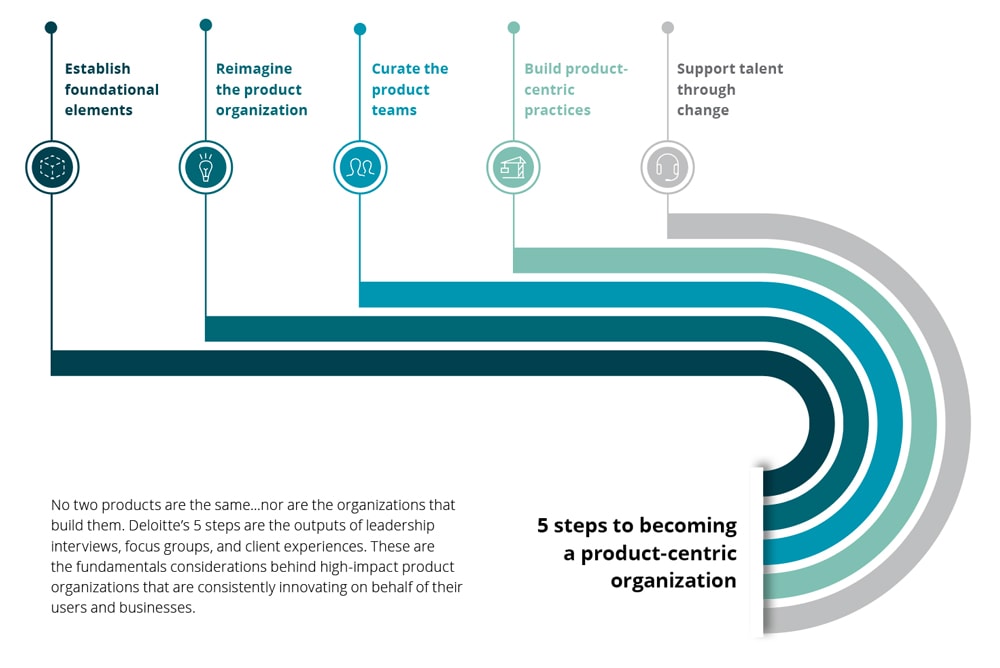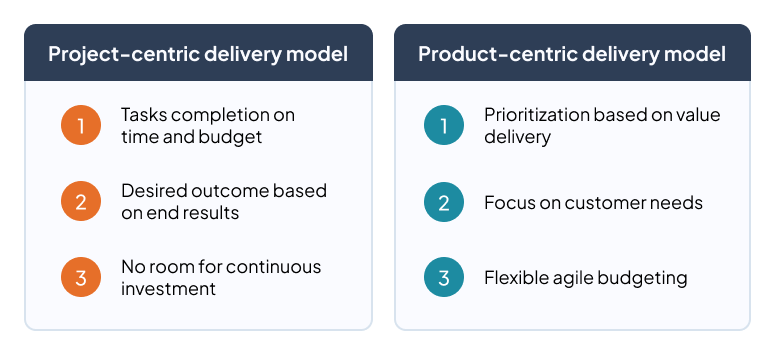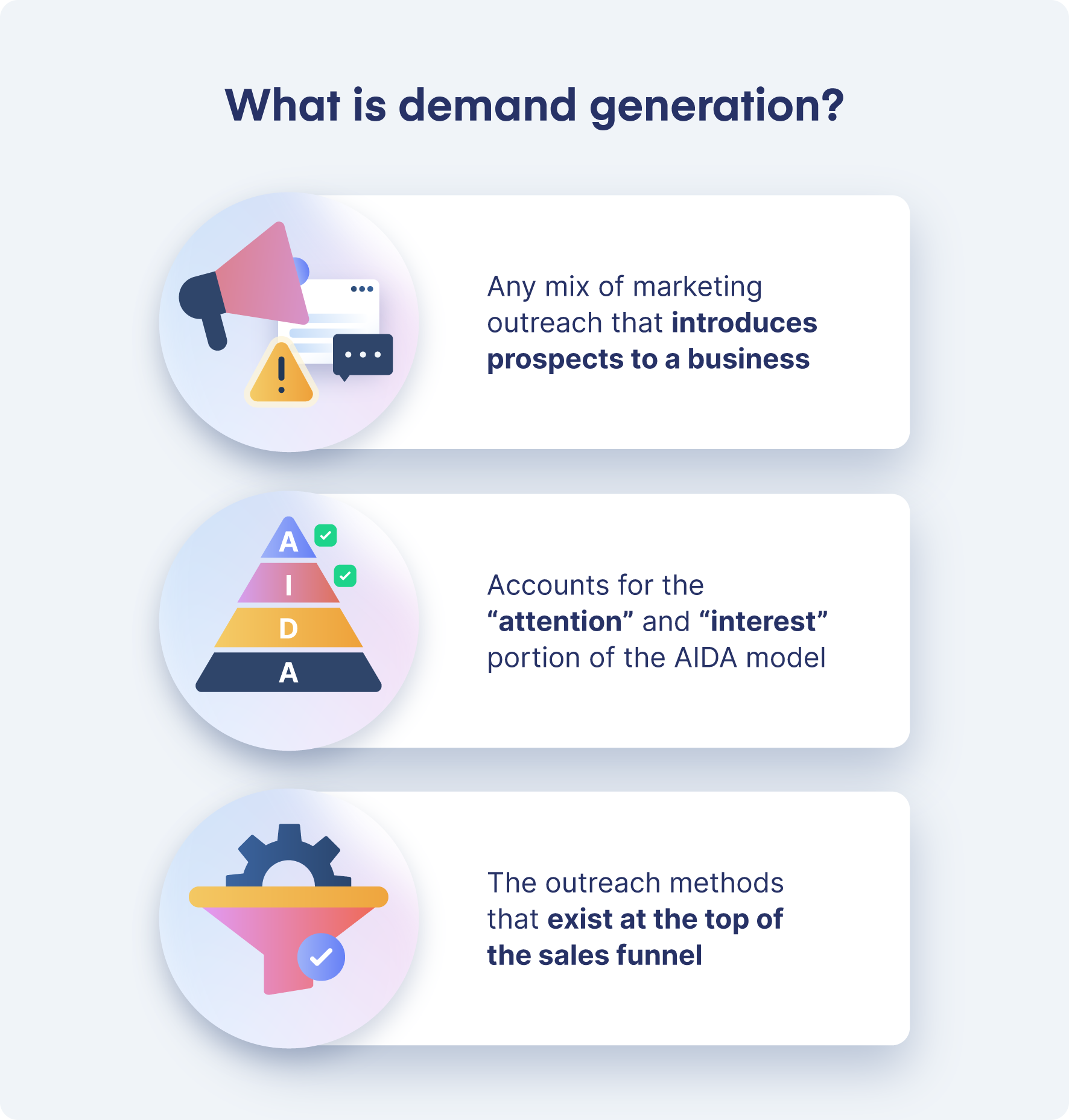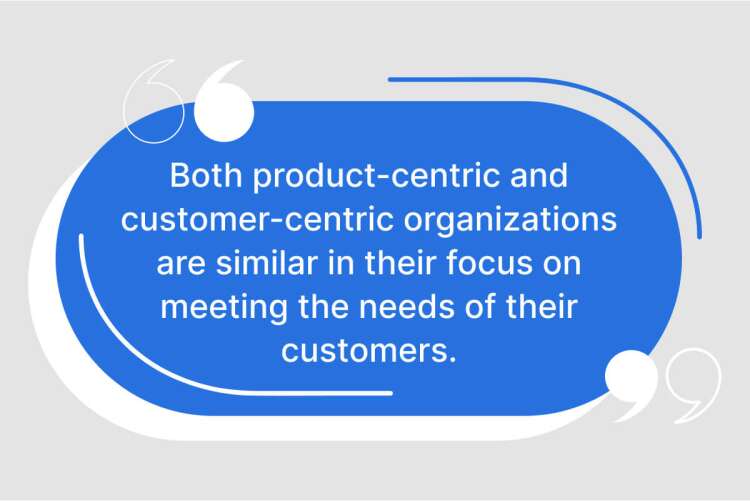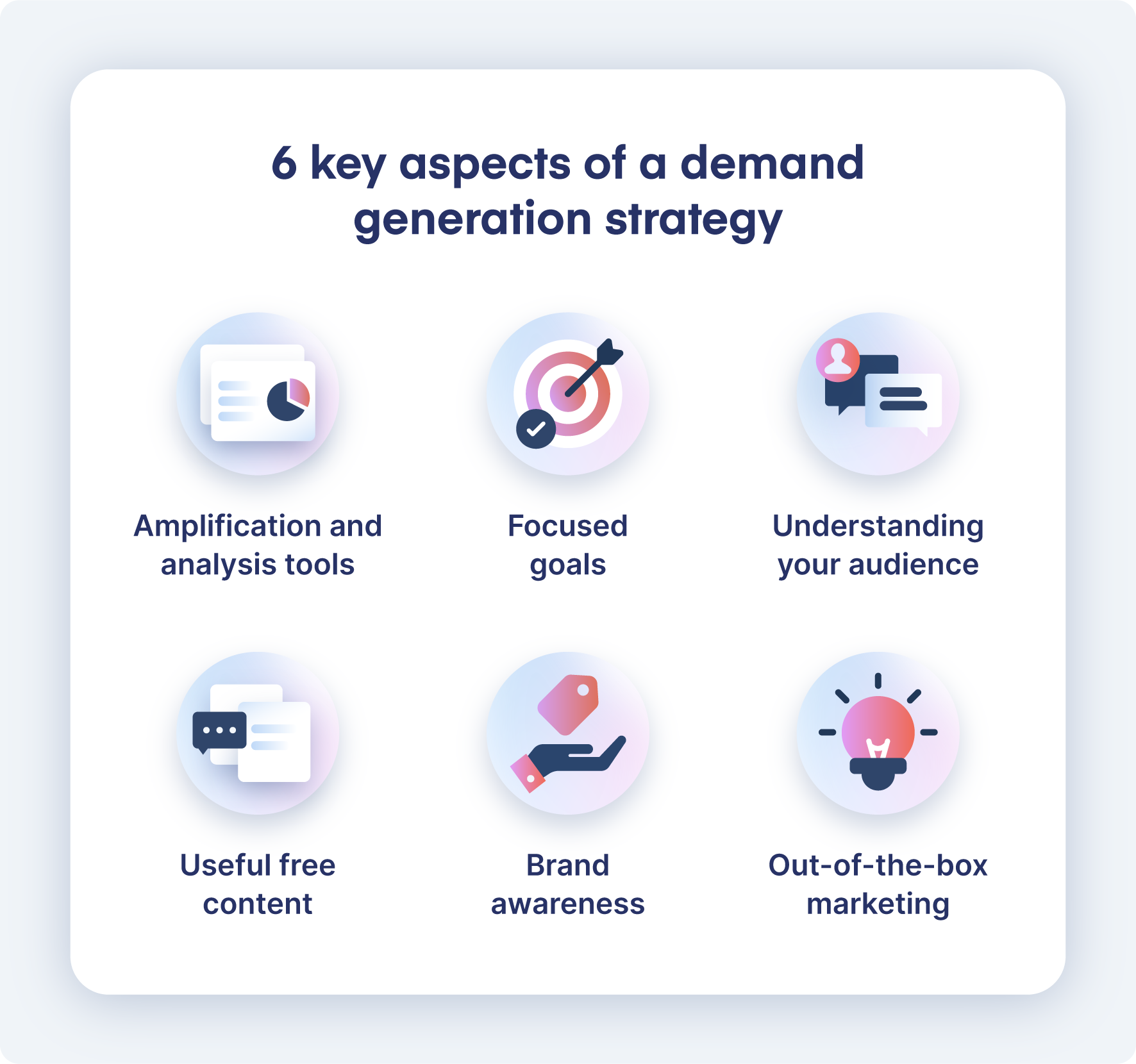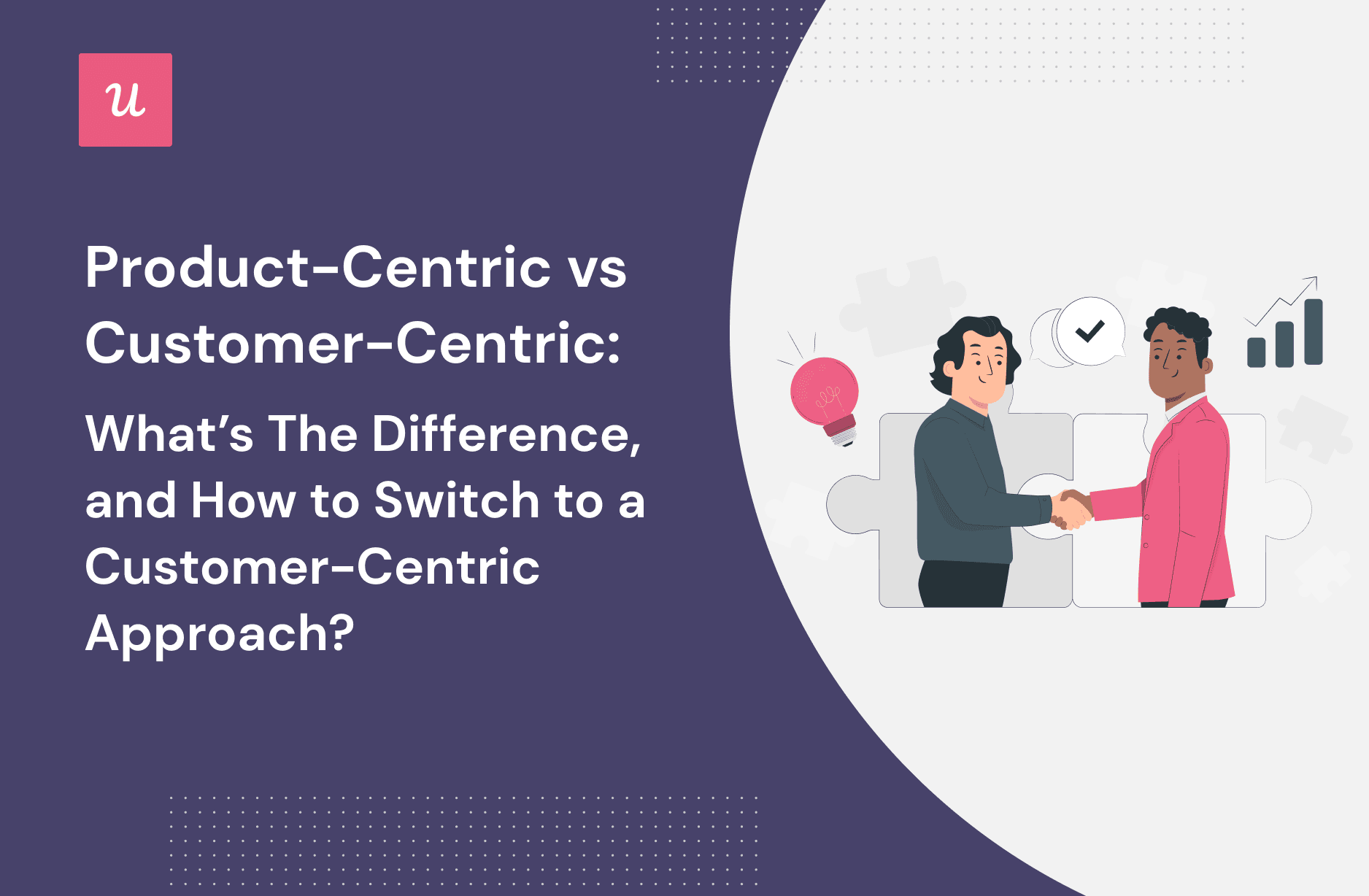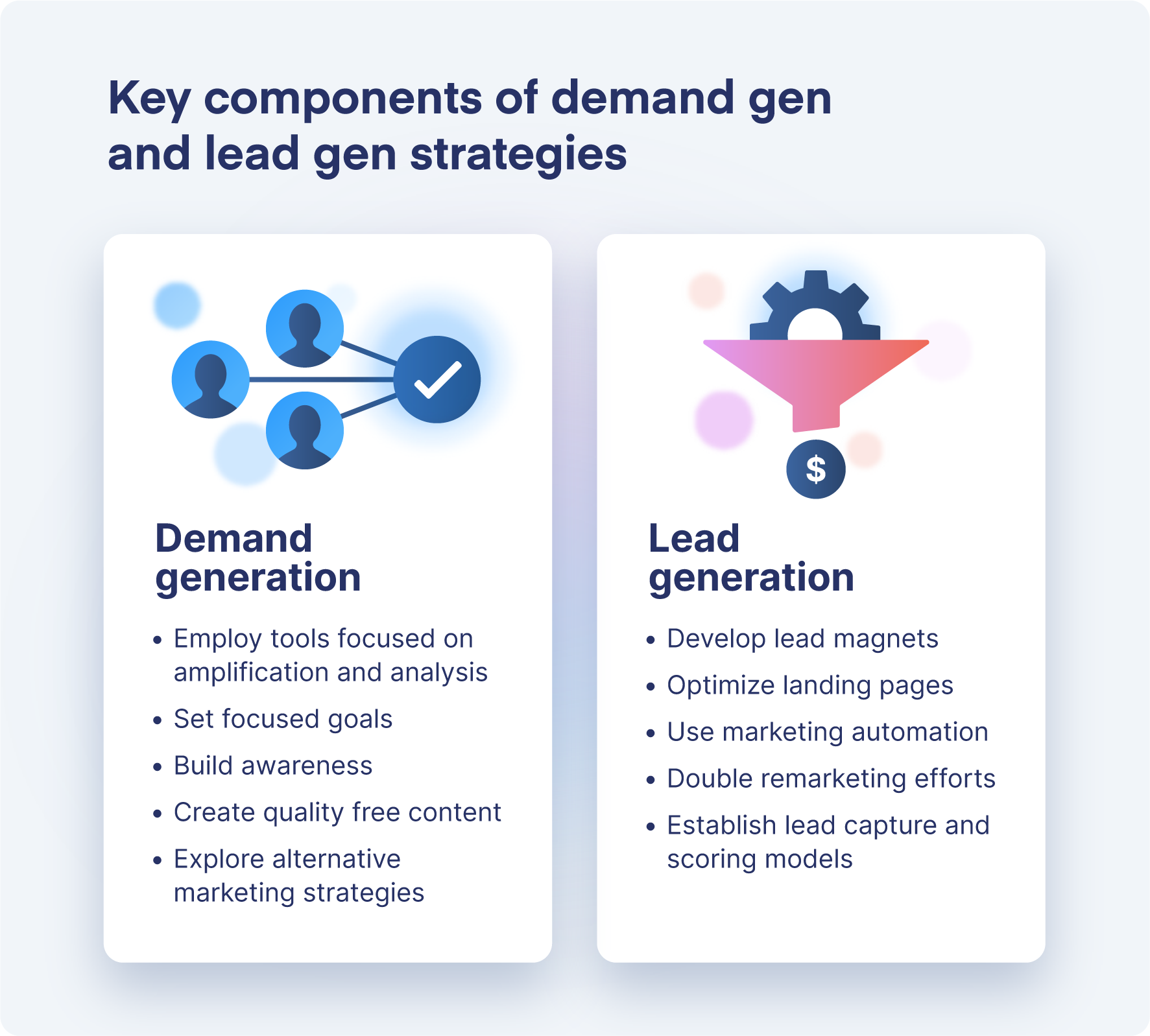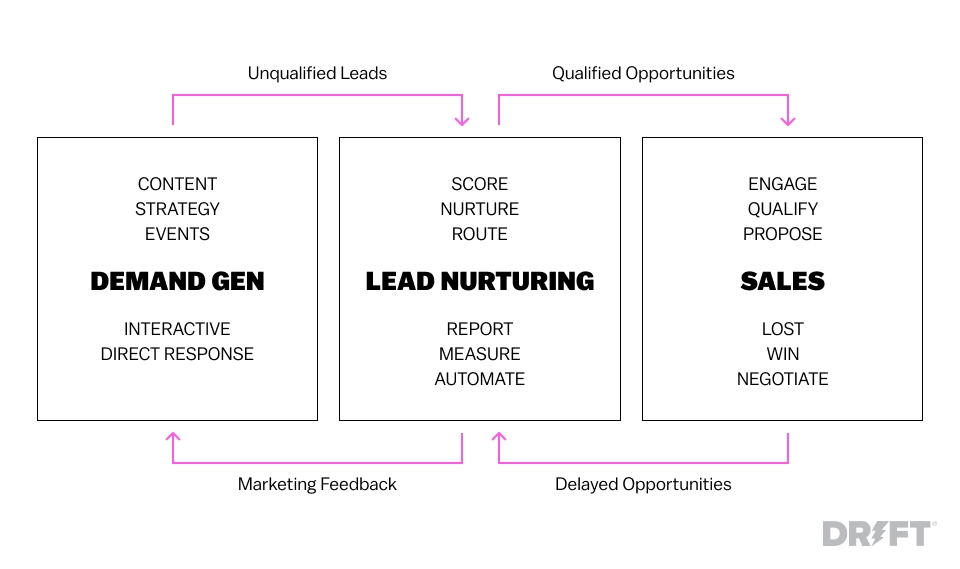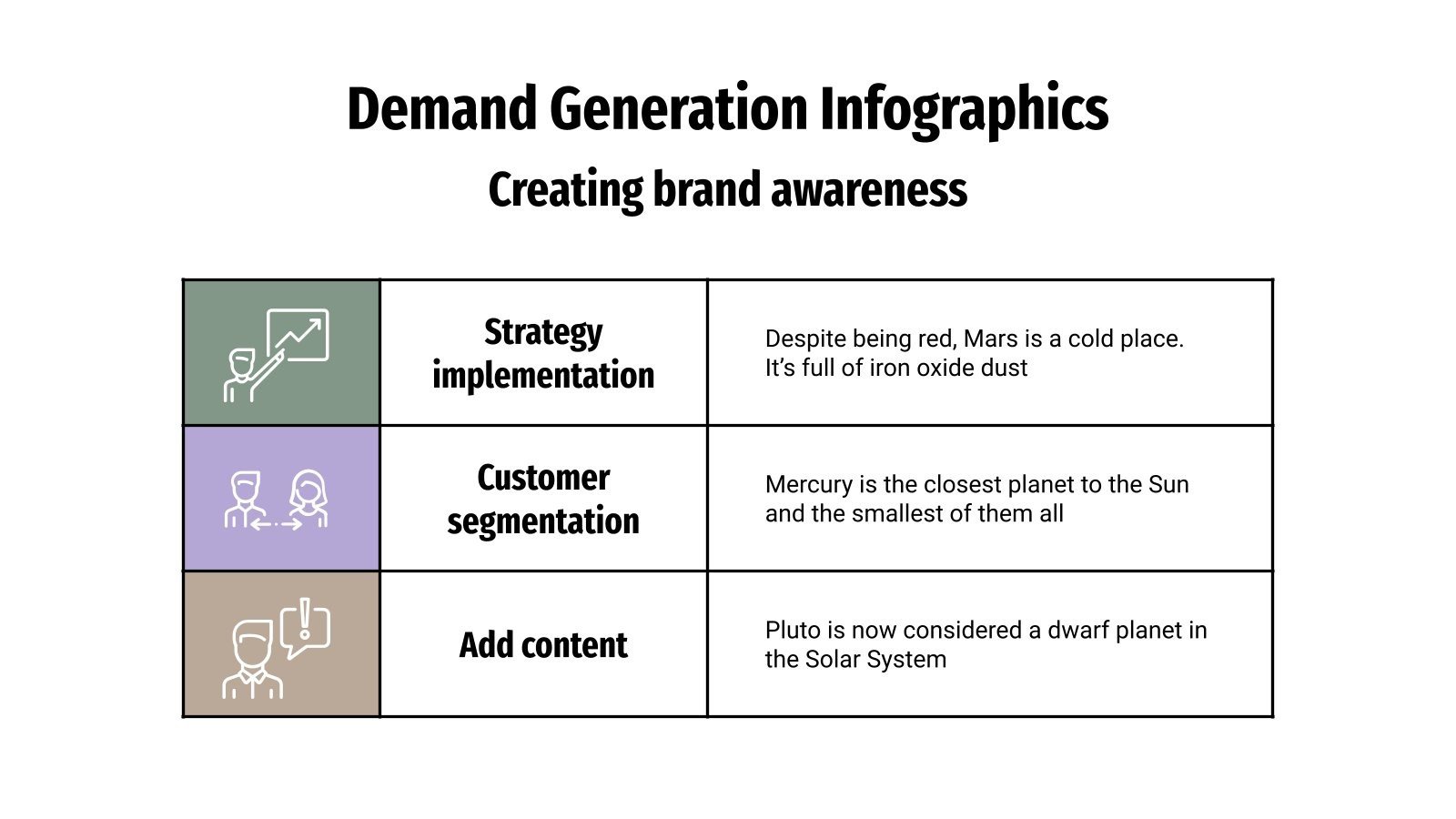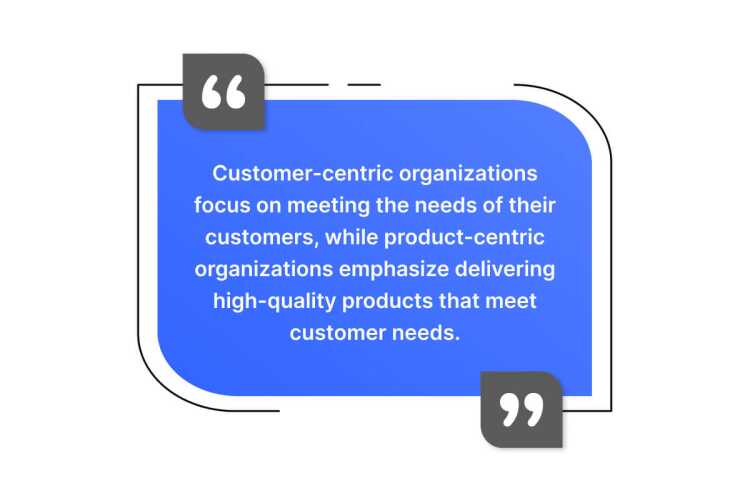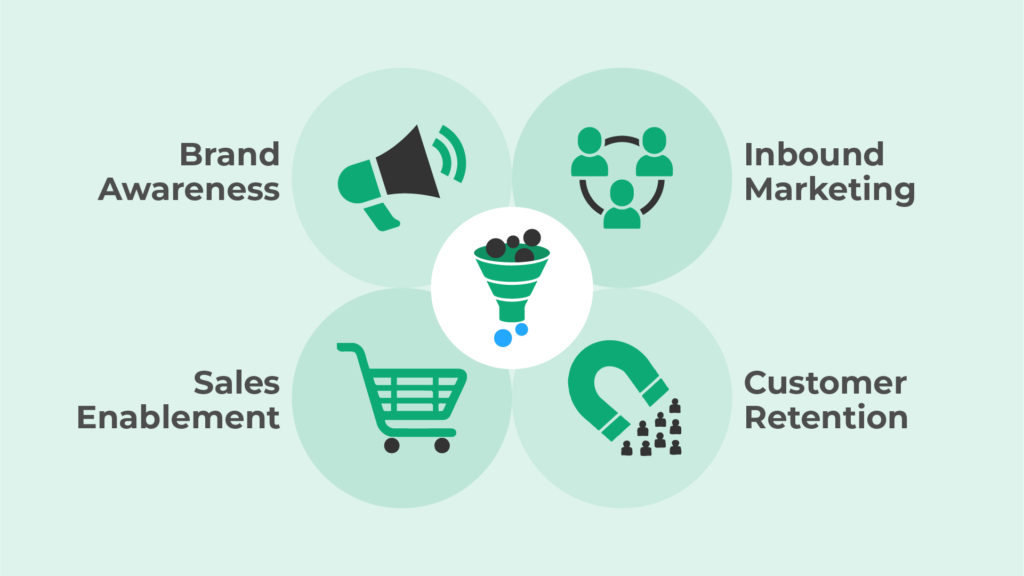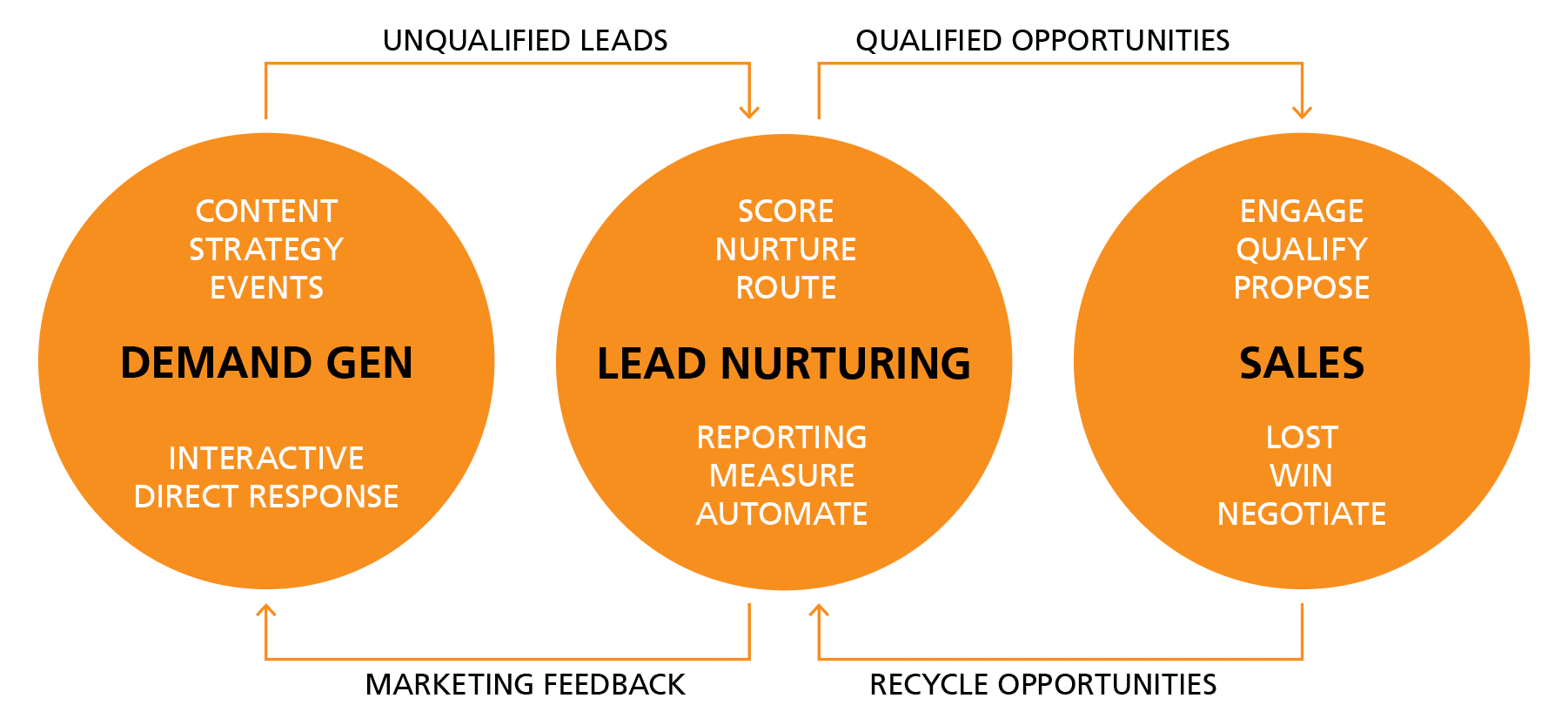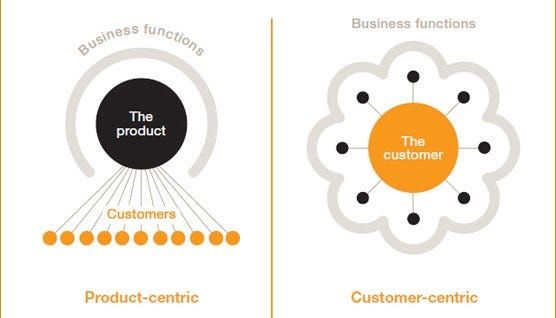Product Centric Demand Generation Focuses On

Businesses are scrambling to adopt a new demand generation strategy: Product-Centric Demand Generation (PCDG). This approach flips the traditional marketing funnel, prioritizing product experience as the primary driver of customer acquisition and growth.
Forget generic leads; PCDG focuses on attracting and converting users already engaging with the product. This shift requires a fundamental rethink of marketing and sales alignment, emphasizing product-led growth and demonstrable value.
What is Product-Centric Demand Generation?
PCDG centers around the product itself as the main marketing tool. It leverages user behavior within the product to identify qualified leads and drive conversions.
This strategy hinges on providing immediate value and a seamless user experience. The goal is to showcase the product's capabilities upfront, creating a 'pull' effect rather than relying solely on traditional 'push' marketing tactics.
The Core Principles
The shift to PCDG is driven by several key principles. First, understand your users. Analyze in-product data to identify usage patterns, pain points, and opportunities for improvement.
Second, provide immediate value. Offer free trials, freemium models, or interactive product demos to allow users to experience the product firsthand.
Third, personalize the experience. Tailor messaging and onboarding based on user behavior and product engagement.
Fourth, optimize for conversion. Identify key conversion points within the product and streamline the user journey to encourage upgrades and purchases.
Who is Adopting This Strategy?
Software-as-a-Service (SaaS) companies are at the forefront of PCDG adoption. Companies like Slack, Zoom, and Atlassian have successfully leveraged product-led growth to acquire and retain customers.
However, the principles of PCDG are applicable to a wider range of industries. Any business that can offer a tangible product experience can benefit from this approach.
Examples in Action
Slack's success is largely attributed to its freemium model. Users can experience the core functionality of the platform for free, encouraging organic adoption within teams and organizations.
Zoom's ease of use and readily available free version fueled its rapid growth during the pandemic. The product's simplicity and reliability drove widespread adoption through word-of-mouth and organic discovery.
Where and When is This Happening?
PCDG is gaining traction globally, particularly in markets with high digital adoption rates. North America and Europe are leading the way, with Asia-Pacific showing significant growth.
The shift towards PCDG has been accelerated by several factors. These factors include rising customer acquisition costs, increased demand for personalized experiences, and the growing availability of product analytics tools.
The timing is crucial. Businesses that fail to adapt to this evolving landscape risk falling behind competitors that are successfully leveraging product-led growth.
How to Implement Product-Centric Demand Generation
Implementing PCDG requires a strategic shift in mindset and organizational structure. First, align marketing, sales, and product teams.
Second, invest in product analytics. Track user behavior within the product to understand how customers are using the platform and where they are encountering friction.
Third, optimize the onboarding experience. Ensure that new users can quickly and easily experience the value of the product.
Fourth, iterate based on data. Continuously monitor user behavior and make adjustments to the product and marketing strategy based on insights.
Fifth, build feedback loops. Actively solicit feedback from users and use it to improve the product and user experience.
Sixth, empower your product team. Provide the product team with the resources and autonomy they need to experiment and innovate.
The Urgency of Change
The traditional marketing funnel is becoming increasingly ineffective. Customers are more informed and discerning, and they demand personalized experiences.
PCDG offers a more sustainable and efficient approach to demand generation. By focusing on the product experience, businesses can attract and retain customers more effectively.
The time to act is now. Businesses that embrace PCDG will be well-positioned to thrive in the evolving digital landscape.
Next Steps
Businesses should begin by assessing their current marketing strategy and identifying opportunities to integrate product-led growth principles. A cross-functional team involving marketing, sales, and product should be formed to spearhead the initiative.
Furthermore, investing in product analytics tools is crucial for gathering actionable insights. Continuous monitoring and iteration are key to optimizing the PCDG strategy and achieving desired results.
The shift to PCDG is an ongoing journey, but it is essential for businesses that want to remain competitive in today's market.

